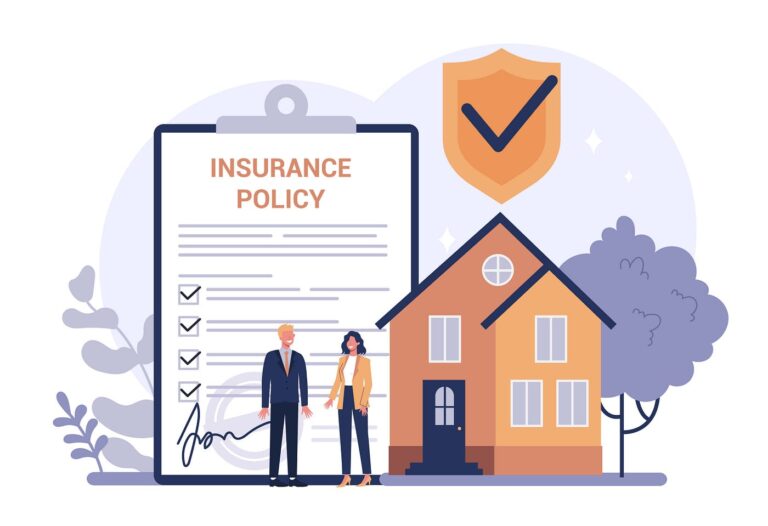If you try the premium calculator available on different insurance websites, they will show you different premium amounts for various two-wheelers. You can be asked to pay different premium amounts even if your two two-wheelers belong to the same brand. But ever wondered why the premium amount varies and what influences it? This article covers all the significant factors that influence a two-wheeler’s insurance premium amount. Check it before you search and finalize any two wheeler insurance online.
- Age of the Bike & Vehicle Owner
It may come as a surprise, but the “age” matters If the rider is young, the premium amount will usually be higher than the premium amount being charged to a middle-aged person. The insurance companies believe that middle-aged people or more senior people drive responsibly, so the chances of road accidents are comparatively lesser. Also, if your bike is relatively new, the premium amount will be higher and vice-versa. Irrespective of the comprehensive bike insurance policy you choose, note that its premium will be affected by the rider’s age and the [1] two-wheeler.
- Make & Model
An insurance cover is bought to compensate for a two-wheeler value during the case of accidents or any other unfortunate happening. Hence the make and model affect the premium amount. For example, if you own a sports bike, you will pay more premium amounts than those who own a regular two-wheeler.
- Installation of Anti-Theft Devices
If your bike has ARAI-approved security devices installed, most insurance companies will agree to offer you a discount on premium amounts. The installation of such devices reduces the chances of theft or loss, which ultimately lowers insurance companies’ compensation responsibility. If you have prepaid the bike loan you took, you should consider getting anti-theft devices installed if you haven’t already. It will help you save money by getting great discounts on insurance premiums.
- Insured Declared Value (IDV)
In simple terms, the Insured Declared Value (IDV) refers to the current market value. It is calculated every year, as with passing time, the value of the two-wheeler keeps reducing because of depreciation. Most insurance companies will pay you the compensation up to the current value of the bike. Hence, the insured declared value is considered while computing your premium. If you use your two-wheeler a lot, the IDV may be a lot lesser due to faster depreciation. Suppose you take your bike to explore the best places for a staycation and use it extensively. In that case, your two-wheeler may depreciate relatively faster than what it would have been in typical cases, affecting the IDV and ultimately the premium amount.
- No Claim Bonus
It is a reward paid by insurance companies to all those insurers who did not make a claim in a policy year. The No Claim Bonus (NCB) is given in the form of a discount so that you get to pay a lesser premium amount in the following policy year. To get an NCB, you should try to drive safely and keep your two-wheeler in good condition. Just like daily workout sessions help you stay in good condition, driving safely and responsibly helps your two-wheeler stay in good condition. It also enhances your chances of receiving an NCB and ultimately lower premium amounts.
- Engine Capacity
A common and most important factor that influences your two-wheeler insurance premium is your vehicle’s engine capacity. The size of the engine is calculated in cubic capacity (CC) by insurance providers. The lesser the cubic capacity, the lower the premium amount, and vice-versa. For example, bikes with an engine capacity of 75 cc are charged a lesser premium amount, while those with 350 cc or above are charged a higher premium amount.
Now that you’re aware of the factors affecting the bike insurance premium amount, you should be able to calculate a rough premium estimate on your own to find out if the insurance companies are charging a fair premium amount or not. Even if you have a work-from-home health care career and don’t take out your bike quite often, you should still not avoid getting a good two-wheeler insurance policy. The points shared above will help you choose a comprehensive policy with the right premium amount.







